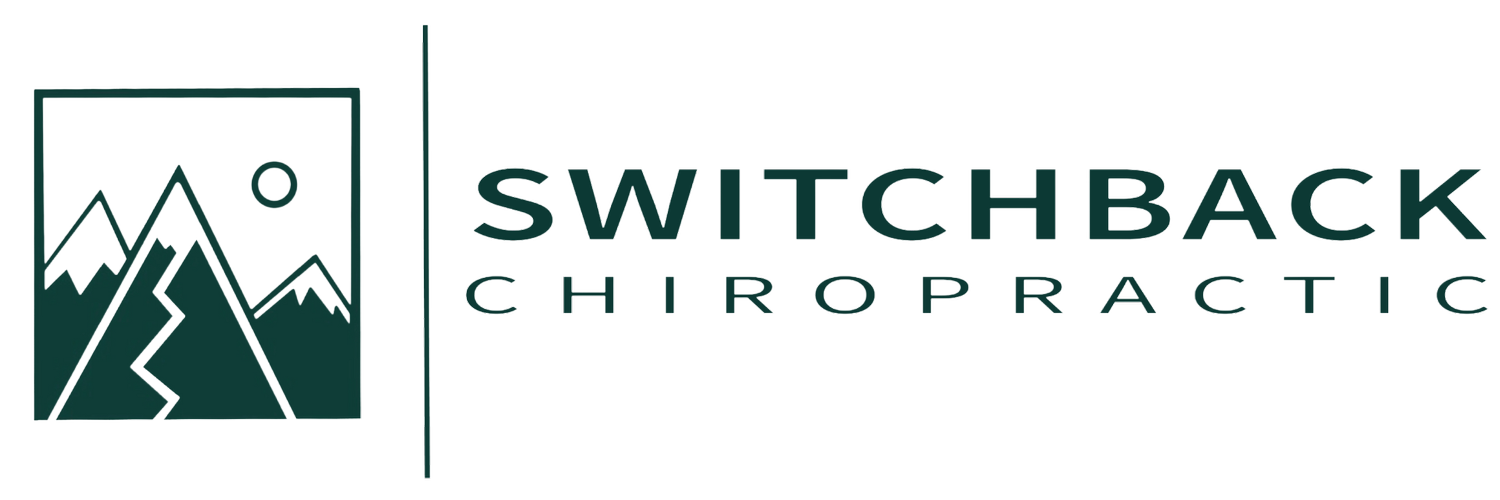Spinal Decompression In Arvada, CO
NEW DRX 9000 True Spinal Decompression Treatment for Low Back Pain and Neck Pain
Inclusion Criteria:
Pain due to herniated and bulging cervical lumbar discs.
Recurrent chronic pain from a failed back surgery.
Persistent pain from degenerated disc not responding to conservative care.
Patient at least 14 years of age.
Patient is able to commit to a 6 - 10 week care plan.
Exclusion Criteria:
Appliances such as pedicle screws and rods.
Pregnancy.
Prior lumbar fusion less than six months old.
Metastatic cancer.
Severe osteoporosis.
Unstable Spondylolisthesis.
Acute Compression fracture of the lumbar spine below L-1.
Acute pars defect.
Pathologic aortic aneurysm.
Pelvic or abdominal cancer.
Disc space infections.
Hemiplegia, paraplegia, or cognitive dysfunction.
-
Nonsurgical spinal decompression can be effective for certain types of low back pain, particularly those caused by conditions like herniated discs, degenerative disc disease, or spinal stenosis. It involves stretching the spine to relieve the pressure on the spinal discs and nerves, whish can reduce pain and improve mobility.
However, its effectiveness can vary from person to person. It's essential to have a full exam and diagnostic imaging to determine if spinal decompression is appropriate for your specific condition.
-
Spinal decompression therapy is a non-surgical treatment designed to relieve pressure on the spinal discs and nerves by gently stretching the spine.
-
Ideal candidates include individuals with herniated discs, bulging discs, degenerative disc disease, sciatica, or spinal stenosis. A healthcare professional can determine if it's suitable for you.
-
The therapy involves lying on a motorized table that gently stretches and relaxes the spine in a controlled manner, creating negative pressure within the discs to encourage retraction or repositioning of herniated or bulging discs.
-
When performed by a trained professional, spinal decompression is generally safe. However, it's essential to discuss any medical conditions or concerns with your provider beforehand.
-
The number of sessions varies depending on the individual's condition, but a typical treatment plan might involve 20-24 sessions over several weeks.
-
Most patients find the procedure relaxing and feel a gentle stretch in their spine. Some may experience mild discomfort initially, but it usually subsides as the body adjusts to the treatment.
-
The DRX9000 uses advanced computerized technology to apply gentle, controlled traction to the spine, creating negative pressure within the discs. This allows the discs to rehydrate, reducing compression and promoting healing.
-
A typical session lasts between 30 to 45 minutes, depending on your specific condition and the treatment plan developed by your healthcare provider.
-
Most patients report little to no discomfort during the treatment. In fact, many find the sessions relaxing. The system is designed to be gentle, with precise controls to avoid causing any additional pain.
-
Many patients begin to notice relief after a few sessions, though this varies from person to person. Full results are typically seen after completing the full course of treatment.
-
Side effects are rare, but some patients may experience mild soreness or stiffness after the session, similar to what you might feel after a workout. These effects are usually temporary.
-
Yes, spinal decompression can often be part of a broader treatment plan, which may include physical therapy, chiropractic care, or other medical treatments.
-
Nonsurgical spinal decompression can be effective for certain types of neck pain, particularly those caused by conditions like herniated discs, degenerative disc disease, or spinal stenosis. It involves stretching the spine to relieve the pressure on the spinal discs and nerves, whish can reduce pain and improve mobility.
However, its effectiveness can vary from person to person. It's essential to have a full exam and diagnostic imaging to determine if spinal decompression is appropriate for your specific condition.
-
If DRX9000 treatments are not effective, your doctor will likely discuss other treatment options, including physical therapy, pain management techniques, or surgical interventions, depending on the severity of your condition.
